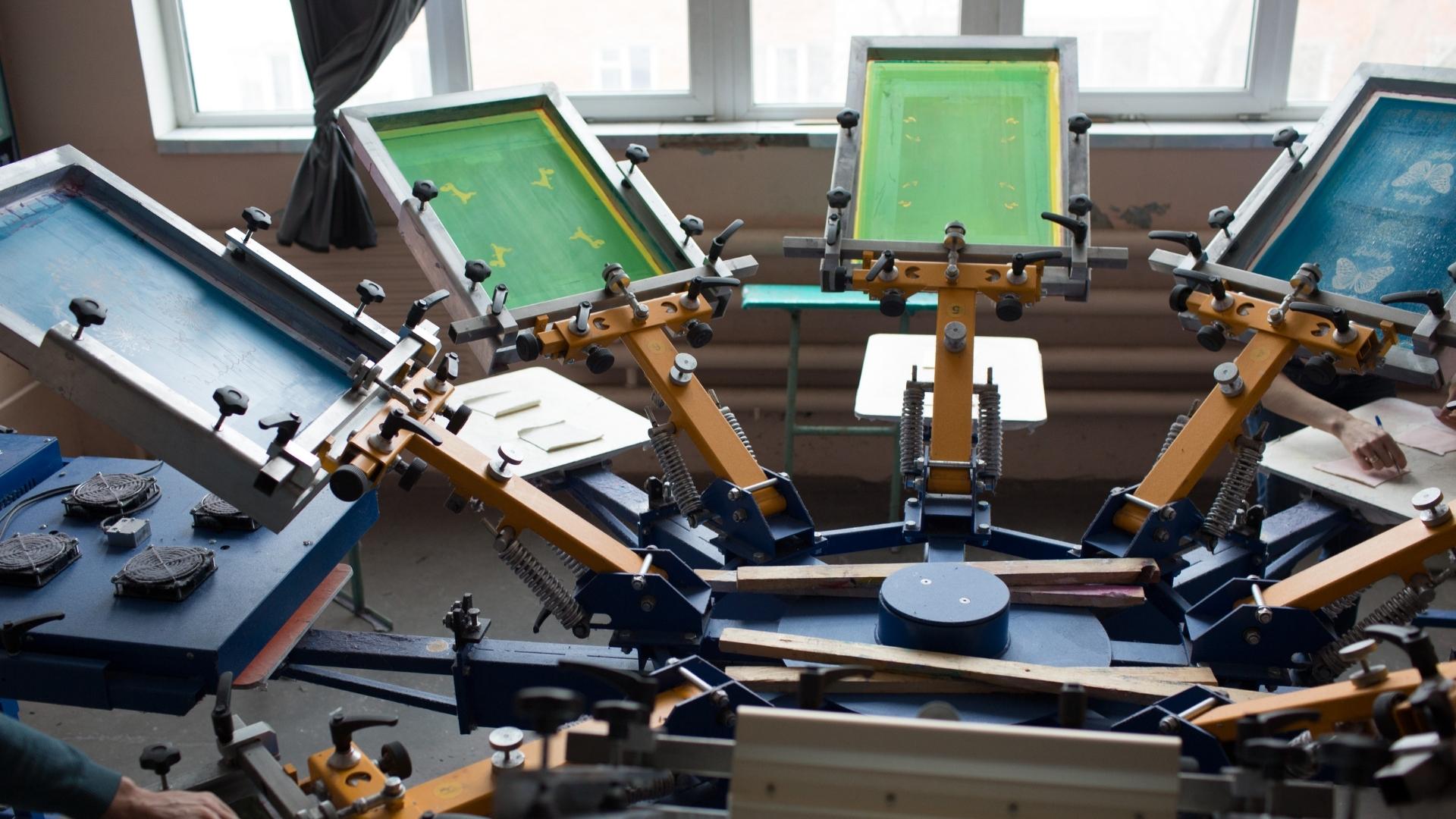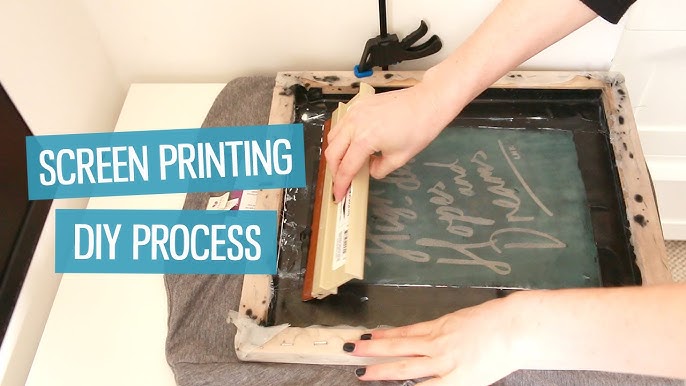ChatGPT said: Everything you should know about 10:9 Design contact for service inquiries
The Important Overview to Comprehending Screen Printing and Its Versatile Uses
Screen printing has an abundant history that dates back to old times, developing into an innovative strategy used throughout various sectors today. This guide discovers the ins and outs of the screen printing process, describing its applications in home, advertising and marketing, and style design - 10:9 Design Company. Understanding these basics can open up creative capacity for both artistic and industrial tasks. The complying with areas will certainly expose important tips and methods to enhance one's screen printing undertakings
The Background of Screen Printing
Screen printing has origins that trace back centuries, its advancement reflects the artistic and technological developments of numerous societies. Coming from old China, the method was initially made use of for embellishing textiles and later spread to Japan, where it became indispensable to Ukiyo-e woodblock printing. The method changed to Europe in the 18th century, where it acquired appeal amongst artisans and business printers. The innovation of picture solution in the 20th century transformed screen printing, permitting even more elaborate designs and higher performance. Musicians like Andy Warhol better moved its appeal, making use of the medium to develop famous jobs that combined commercialism and art. By the late 20th century, screen printing had established itself as a versatile technique, used in vogue, advertising and marketing, and great art. Today, it proceeds to evolve, integrating electronic technology and expanding its applications across various markets.
The Screen Printing Process Explained
Screen printing changes creative visions into tangible layouts through a series of specific steps. A photo is produced and then moved onto a screen, usually made of fine mesh textile stretched over a frame. A light-sensitive solution is put on the screen, which is exposed to light, solidifying in areas not covered by the photo. After rinsing the unhardened emulsion, a pattern is developed.
Next, the screen is placed over the substratum, whether it be material, paper, or another product. Ink is then pressed with the open areas of the pattern making use of a squeegee, depositing the layout onto the substrate listed below. This procedure can be repeated for multiple shades, needing separate displays for every hue. Ultimately, the published product is cured making use of warmth to ensure the ink sticks effectively, resulting in a durable, dynamic design on-line.
Sorts Of Screen Printing Techniques

Additionally, specialized techniques, such as discharge screen printing, get rid of dye from the textile to produce softer prints, while foil screen printing uses metallic aluminum foil to accomplish a shiny coating (10:9 Design Screen Printing Texas). Each technique supplies unique attributes, satisfying numerous innovative needs and manufacturing scales, eventually broadening the possibilities within the screen printing domain name
Applications of Screen Printing in Different Industries

Additionally, the signs and marketing sectors use screen printing for creating attractive screens and banners. This approach enables bold shades and complex layouts that record interest. In electronic devices, screen printing is used for applying conductive inks to circuit card, crucial for component connections. The home style industry embraces screen printing to produce distinctive styles on textiles and wall art. Generally, screen printing works as a critical tool across diverse fields, enhancing products with personalized and visually appealing graphics.
Tips for Successful Screen Printing Projects
While embarking on a screen printing job, mindful focus to information can substantially boost the last end result. Selecting top notch products is vital; this includes the screen, inks, and substratums. Utilizing proper mesh counts can affect ink deposition and detail resolution. Preparation is similarly crucial; extensive cleansing of displays and correct direct exposure times assure crisp prints.
Next off, exact enrollment is crucial for multi-color prints. Using positioning tools can assist accomplish accurate layering. Furthermore, testing prints on scrap materials prior to manufacturing aids recognize possible concerns without wasting resources.

Often Asked Inquiries
What Products Are Ideal for Screen Printing on Textile?
Cotton and polyester blends are ideal for screen printing on material as a result of their durability and ink absorption. In addition, specialized textiles like silk or canvas can generate one-of-a-kind appearances and surfaces, enhancing the total layout top quality.
Exactly how Do I Clean and Maintain Screen Printing Devices?
To keep and cleanse screen printing devices, one ought to on a regular basis clean Get More Info screens with appropriate solvents, inspect squeegees for wear, oil relocating components, and store all items in a completely dry, dust-free atmosphere to extend their life expectancy.
What Are the Ecological Influences of Screen Printing?
Screen printing can have substantial ecological influences, consisting of chemical waste from inks and solvents, water use during cleansing procedures, and power intake. Environmentally friendly products and lasting methods are important for reducing these unfavorable impacts.
Can Screen Printing Be Done in your home Effectively?
Screen printing can be effectively done at home with the best materials and techniques. Hobbyists can produce high quality prints, though success depends on their skill degree, equipment, and understanding of the process involved.
What Are the Prices Related To Starting a Screen Printing Service?

Starting a screen printing organization includes costs for tools, materials, and office. First expenses commonly range from a few hundred to a number of thousand bucks, relying on news the scale, quality of machinery, and preferred manufacturing ability.
Screen printing has a rich background that dates back to ancient times, progressing right into an innovative strategy used across various industries today. One more method, rotating screen printing, uses round displays, helping with constant printing on textile rolls, thereby enhancing effectiveness for large manufacturings. In addition, specialty methods, such as discharge screen printing, get rid of dye from the fabric to produce softer prints, while foil screen printing applies metallic aluminum foil to achieve a glossy coating. In the style sector, screen printing is widely utilized to create dynamic layouts on garments, allowing brand names to display their unique styles. Cotton and polyester blends are ideal for screen printing on material due to their resilience and ink absorption.